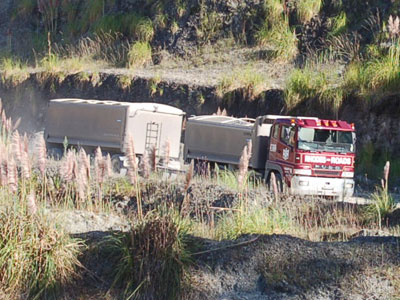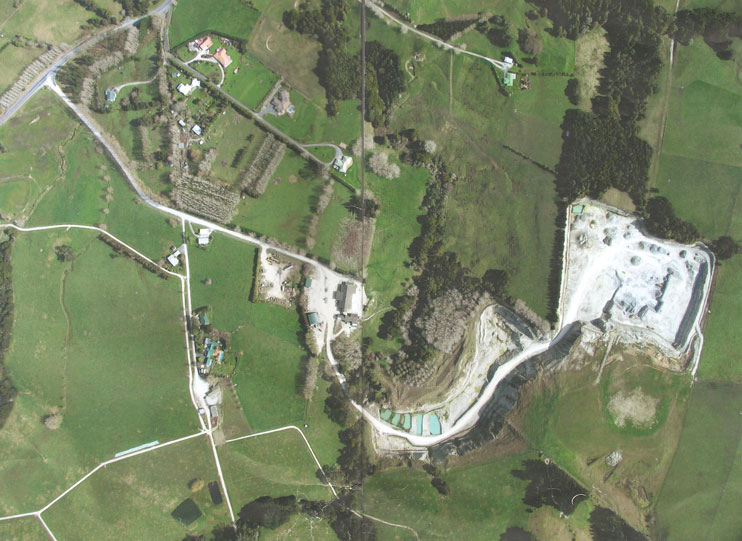Welcome to Rodney Co-operative Lime Company
About Us
Located a kilometer from Warkworth on Sandspit Road, our 18-hectare site is dedicated to enhancing soil and road quality. Specializing in agricultural lime, lime rock for farm roads, and as a Ballance agri-nutrients agent, we have been changing land uses with innovative solutions like our 50/50 limestone and blue metal blend for durable roading
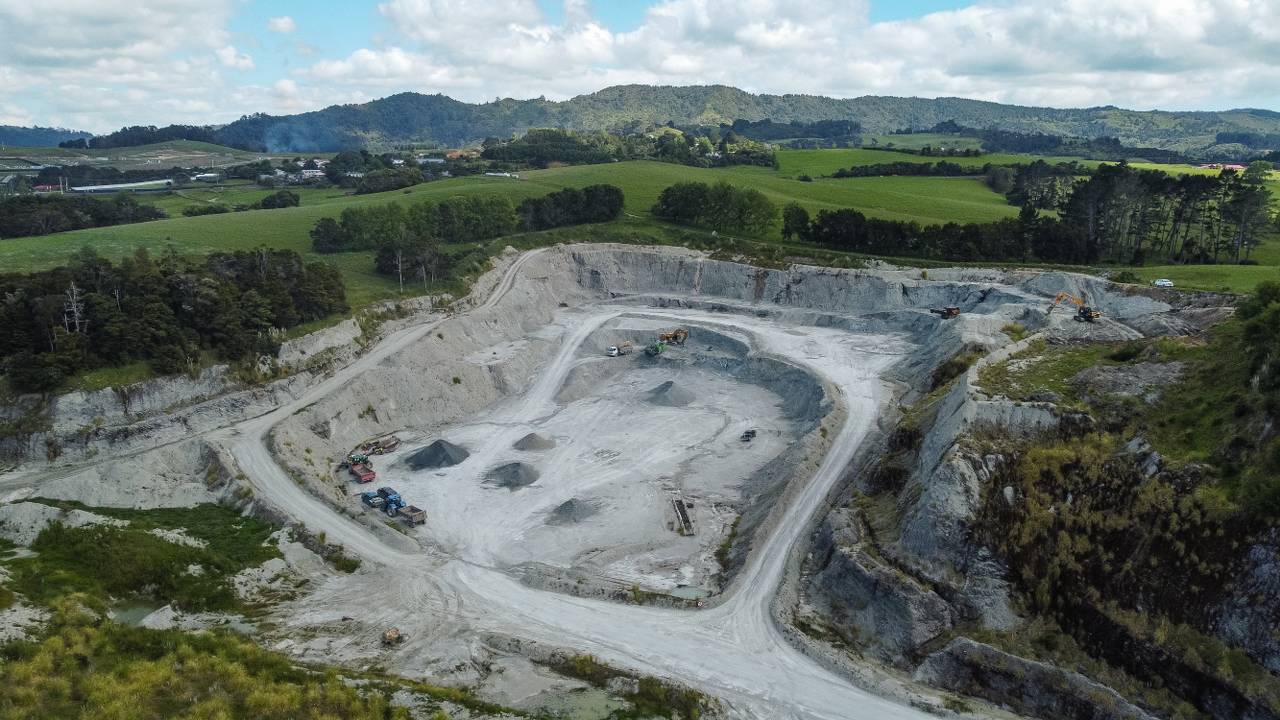
Our History
Early Years & First Production (1930–1940s) Rodney Lime Co. Ltd was born out of community need and farmer cooperation. In October 1930, a group of around 30 local farmers gathered at the Warkworth Public Hall with a shared goal: to establish a lime milling company to support regional agriculture. With Mr. Annett as chair and Mr. Ellis elected secretary, the group resolved to form a limited liability company with a capital of £5,000 made up of £1 shares and to be called Rodney Lime Co. Ltd.
The group managed to raise £1,645 of the targeted £5,000 from Share Capital.
It was resolve that purchasing a second-hand engine could still make the project viable. Mr Chas. Ellis was elected secretary of the company at the rate of £50 per annum.
The first plant was constructed on Sandspit Road, using a second-hand 30hp petrol engine and equipment sourced from across the North Island. Equipment consisted of a crusher, mill, elevator, vibrator, screens, a bagging plant, tramway and wagons. In the first season (1931), the company milled 965 tonnes of lime. Nearly all lime was sold to farmers in bags, with 24 bags making a tonne. Farmers were charged 12 shillings a ton for lime plus 2 shillings a tonne for bags (credited for sound bags returned).
Mr. Pepperell became the first manager, later succeeded by his son Darcy after WWII. By the end of the 1940s, with increasing demand and improved infrastructure, the company was producing over 6,000 tonnes of lime annually.
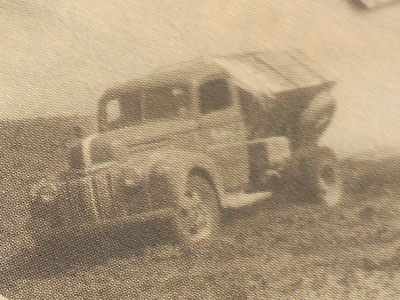
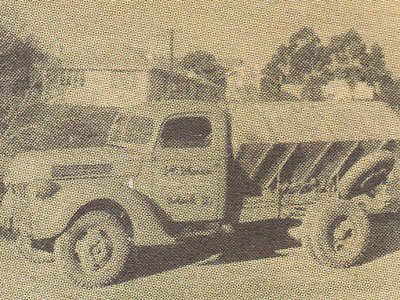
In 1942, the company began selling limestone metal at five shillings per cubic yard. That same year, a major challenge emerged—soft stone was discovered at the quarry site.
Unfortunately, this material proved difficult to mill, and just after investing in new electric motors, the company faced the reality that the existing quarry’s usable stone had been exhausted. Despite the setback, Rodney Lime quickly adapted, locating a new site in Southgate Street from Messrs Barron and Copestake, and Wilson Portland Cement Works.
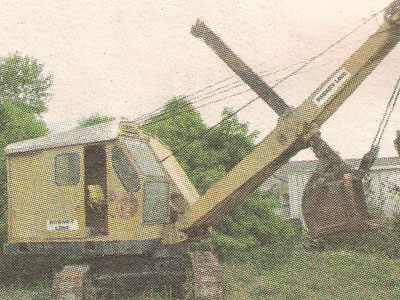
The old works property was sold to Mr Fillery for £11,000.
At the 1947 annual meeting, it was reported that 6,978 tonnes of lime had been milled that season. At the time, many farmers were still skeptical that applying lime would benefit land already containing limestone beneath the topsoil. However, Mr. Symes, one of the first Department of Agriculture advisers in the region, became a strong advocate for lime use and successfully encouraged more widespread adoption.
Initially, lime was purchased in bags and spread manually. As demand grew, the trend shifted toward bulk lime, which farmers would spread using shovels from the back of trucks. Around this time, Jim Johanson moved into the district and designed what became the prototype for the modern ‘Lime Truck’—now the standard for spreading lime and fertiliser across the country. Together with several Rodney Lime directors, Johanson formed a new company and was given storage space within the Lime Company’s facilities. Later, Mr. W. Buer also entered the field, bringing in his own lime spreaders and contracting to meet the growing needs of local farmers.
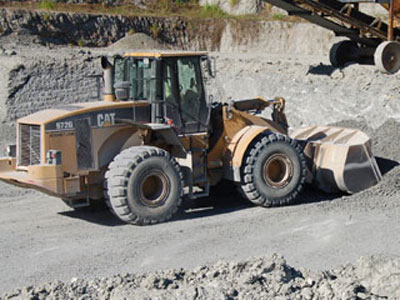
By 1947, lime was being sold at 12 shillings per tonne, with a discount of 1 shilling and 6 pence offered for bulk purchases. To meet growing demand, the company installed a mixing plant, enabling the application of a popular blend of lime and superphosphate.
In 1948, to keep staff employed during the quieter winter months, the company began manufacturing concrete fence posts. This proved successful for a time, though demand declined with the rise of tanalised timber posts and the shift to machine-driven installation. Even today, remnants of those early concrete posts can still be found on local farms.
In 1949, the company introduced two production shifts, and workers’ wages increased to between three and five shillings per hour. That same year marked the passing of Mr. Ellis, who had served as company secretary since its founding. He was succeeded by Mr. Scrivener, secretary of the Rodney Dairy Co.
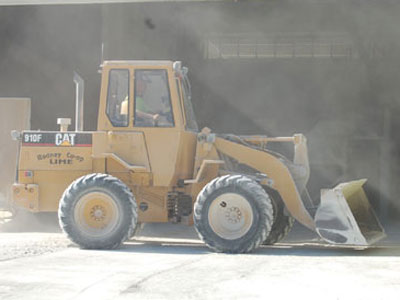
Growth, Innovation & Community (1950s–1960s)
The 1950s brought logistical improvements. The company leveraged its riverside location to ship lime to offshore islands. Staff housing was built, and operations expanded with a mixing plant.
The manager, Darcy Pepperell, resigned during 1957 after 18 years’ service.
In 1968, long-time secretary Mr. Scrivener stepped down, making way for new leadership. He was succeeded by Mr. L.A. Gooch. Despite changing times, Rodney Lime stayed committed to innovation and quality service.
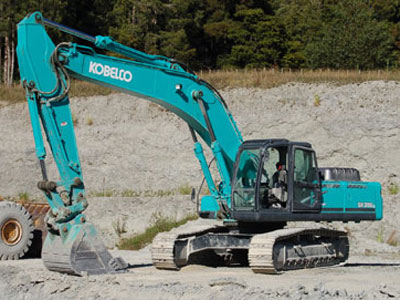
A New Era: Expansion & Record Production (1970s)
In 1971, test bores at the Southgate Works revealed that the existing quarry’s limestone no longer met the required standards, prompting the search for a more suitable site.
The company purchased land from Mr. MacFarlane on Sandspit Road and built a new lime works, completed in 1973. During the construction of the new lime works, limestone was transported from both the Pukapuka quarry and the Sandspit Road site, then processed at the old Southgate plant. That same year, Rodney Lime achieved a record-breaking production of 20,741 tonnes. The Sandspit Road works was built for $120,000. The old Southgate works was sold for $20,000.
The company became a co-operative in 1978 and expanded its product range to include urea and other fertilisers.
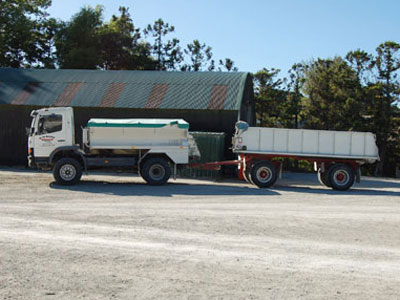
By 1974, lime was selling for $2 per tonne. While the company had traditionally focused on lime milling, with only small amounts of limestone metal sold—mostly to shareholders for farm road use—a shift began in the 1970s. Demand for road metal surged, and the Rodney County Council became the company’s largest customer.
As quarry output increased to meet this demand, some directors grew concerned about the long-term availability of quality limestone and the need to secure future quarry sites.
At the same time, agricultural lime sales declined sharply. This drop was driven by falling farm incomes, reduced government subsidies, and the conversion of farmland to forestry. In addition, agricultural experts were encouraging farmers to focus their fertiliser budgets on phosphate, potash, and sulphur, with lime seen as less essential.
Fortunately, the growing market for limestone to be used as metal helped offset the decline in lime sales and played a key role in keeping the company financially stable during this transitional period.
Mr. J. Ehlers was appointed Company Secretary in 1974.
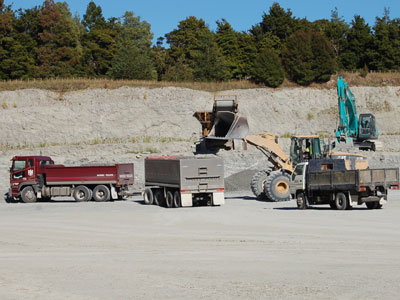
Adapting to Change (1980s–2000s)
The 1980s and 1990s saw significant shifts in the agricultural sector. Declining farm incomes and reduced lime use threatened operations, but demand for limestone road metal helped sustain the business.
In 1998, the company achieved its highest ever metal production at 56,980 cubic metres. Continued land purchases ensured access to high-quality stone.
In 1980 the sudden death of the General Manager, Ray Hamilton, was a big loss to the company. In the same year the company’s 50th anniversary was celebrated with a hangi attended by 62 shareholders.
Mr. Bryce Nicholls was appointed Company Secretary in 1984.
Expansion and Growth (since 1984)
The quarry has been extended with the purchase of further land from Hetheringtons and members. The quarry got its first computer in 2024 and equipment has been upgraded to modern equipment.
Legacy & Local Commitment
Rodney Lime’s enduring success is built on the dedication of its loyal directors and staff, and the strength of its local community connections.
From its modest beginnings in a community hall to becoming a trusted name in agriculture and infrastructure, Rodney Lime has remained committed to supporting Northland’s farmers and growers for nearly a century.
